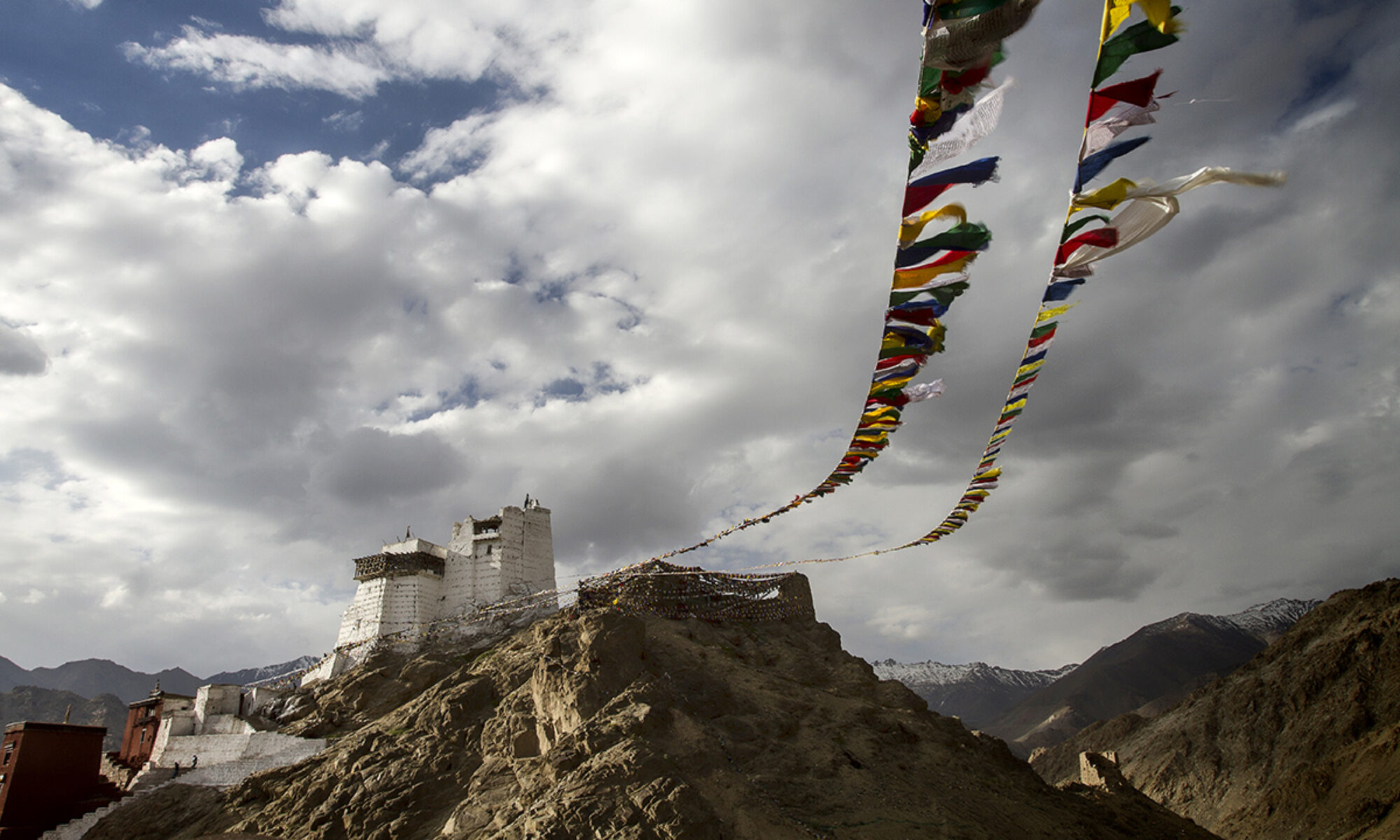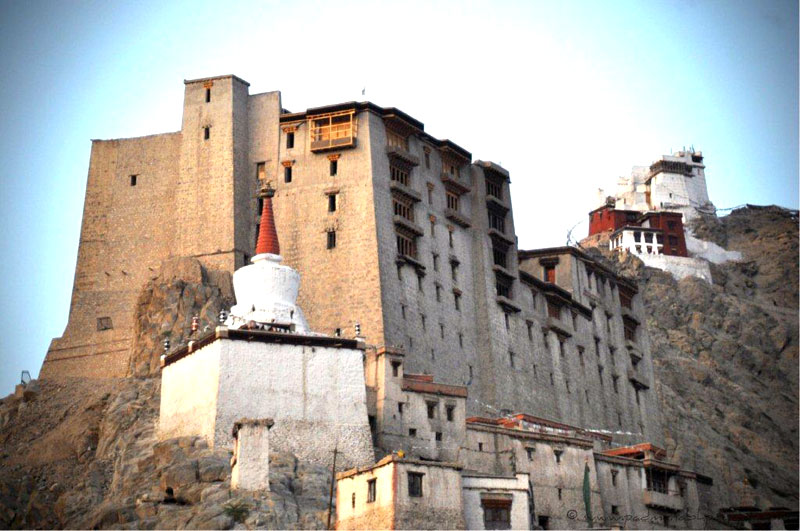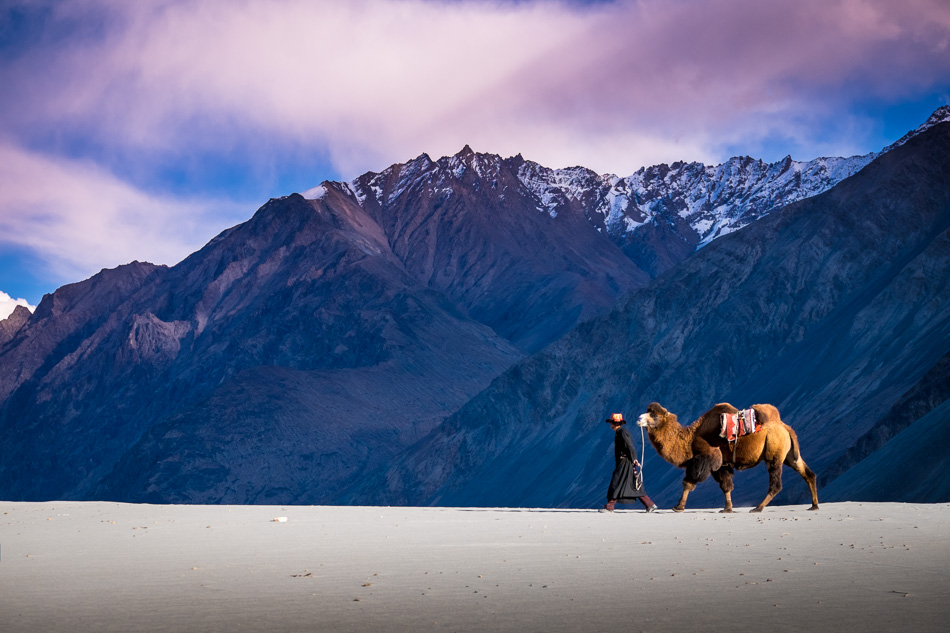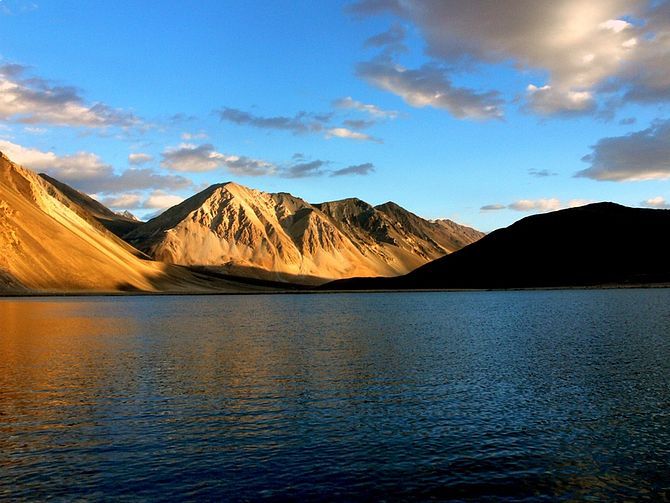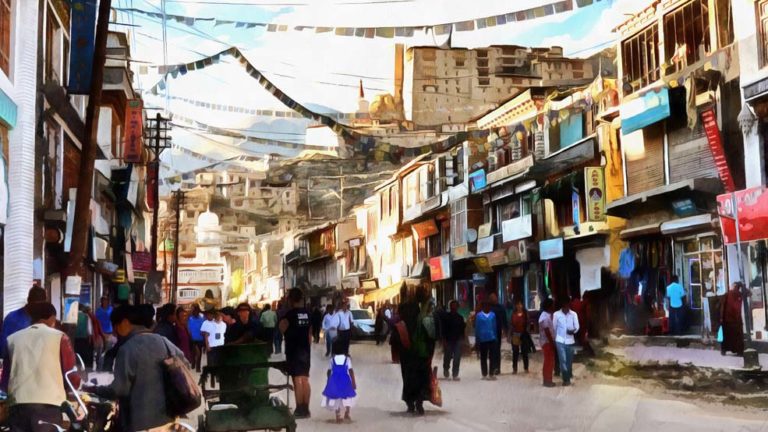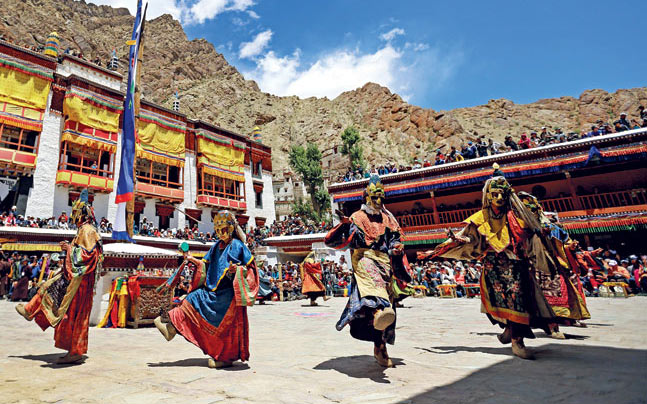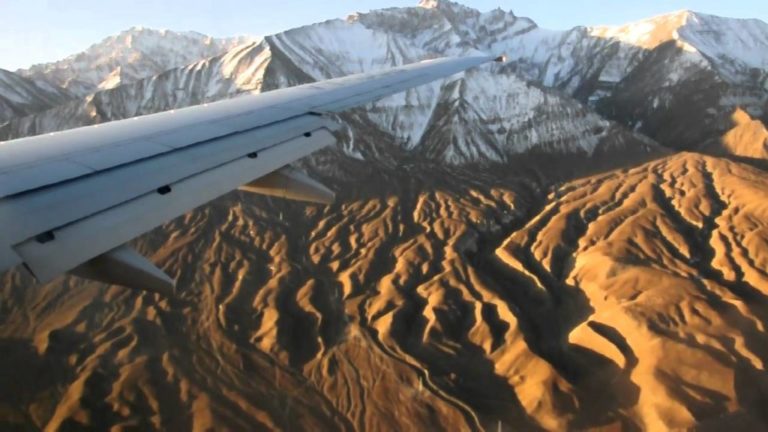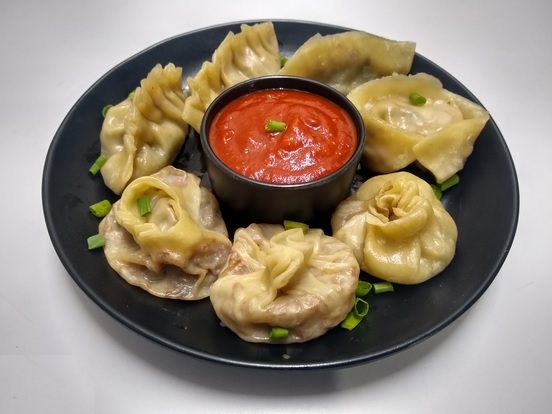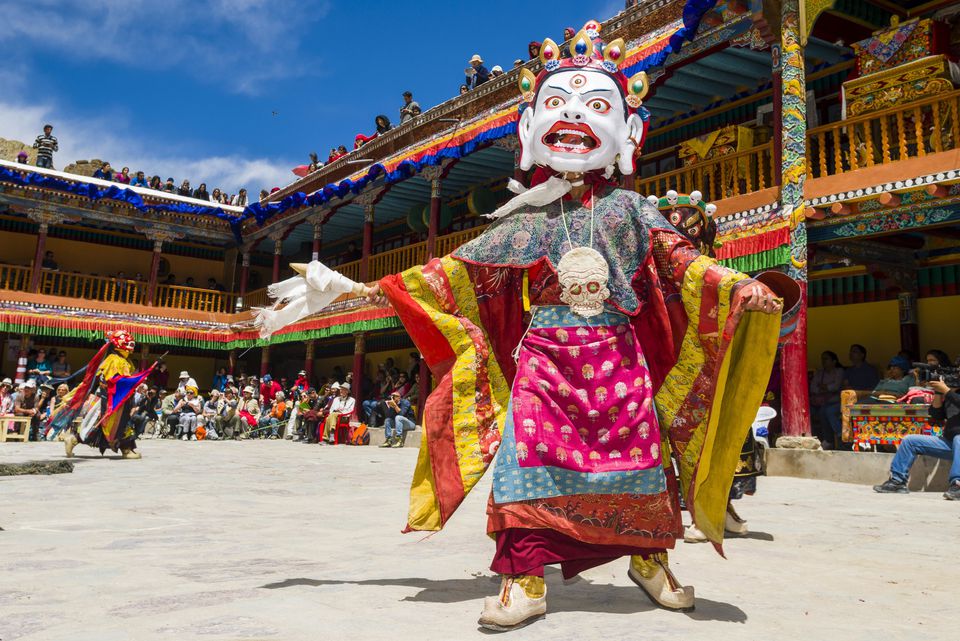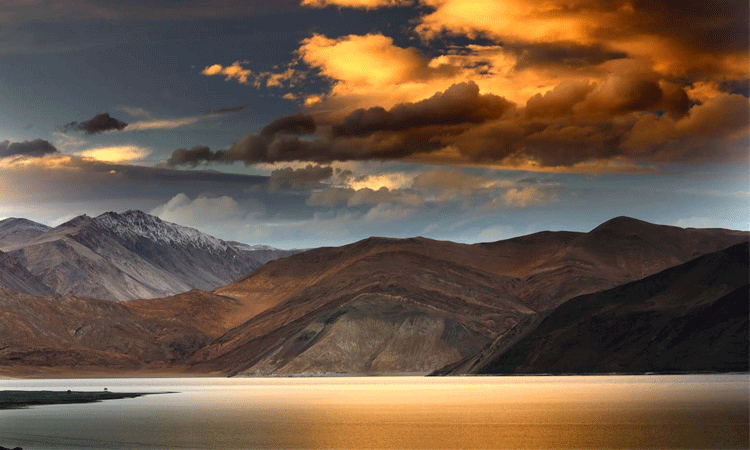Discovering the Grandeur of Leh Palace: A Timeless Journey through Ladakh’s Crown Jewel
Nestled majestically against the backdrop of the towering Himalayas, Leh Palace stands as a silent sentinel, guarding the rich heritage and cultural legacy of Ladakh. Perched atop a hill overlooking the ancient city of Leh, this architectural marvel beckons travelers from far and wide to embark on a journey through time and history. From its strategic location to its awe-inspiring beauty, there are numerous reasons why Leh Palace is a must-visit destination for those seeking to immerse themselves in the charm of Ladakh.
A Glimpse into History:
Built in the 17th century by King Sengge Namgyal, Leh Palace served as the royal residence for the Namgyal dynasty of Ladakh. With its towering walls, intricate woodwork, and ornate architecture, the palace stands as a testament to the region’s rich cultural heritage and architectural prowess. Over the centuries, Leh Palace has witnessed the rise and fall of empires, serving as a silent witness to the tumultuous history of Ladakh.
Location and Best Time to Visit:
Located in the heart of Leh, the capital city of Ladakh, Leh Palace offers panoramic views of the surrounding mountains, valleys, and the meandering Indus River. The best time to visit Leh Palace is during the summer months, from May to September, when the weather is pleasant, and the skies are clear. During this time, travelers can explore the palace grounds, admire its architectural splendor, and soak in the breathtaking views of the surrounding landscape.
How to Reach:
Reaching Leh Palace is relatively easy, as it is situated in the heart of Leh city. Travelers can fly into Leh Airport, which is well-connected to major cities in India, including Delhi, Mumbai, and Srinagar. From the airport, Leh Palace is just a short drive away, and taxis are readily available outside the airport terminal. Alternatively, travelers can also opt for a scenic road trip to Leh from Srinagar or Manali, which offers breathtaking views of the Himalayas and the picturesque landscapes of Ladakh.
How to Plan a Tour:
Planning a tour to Leh Palace requires careful consideration to make the most of your visit. Here are some essential tips to help you plan your trip:
Acclimatization: Due to the high altitude of Ladakh, it’s essential to acclimatize to the altitude before exploring Leh Palace. Spend a few days in Leh to allow your body to adjust to the thin air and prevent altitude sickness.
Exploration: Explore Leh Palace at your own pace, taking time to admire its intricate architecture, royal quarters, and panoramic views of the surrounding landscape. Don’t forget to visit the palace museum, which houses a fascinating collection of artifacts, paintings, and royal memorabilia.
Local Guides: Consider hiring a local guide to learn more about the history and significance of Leh Palace. Local guides can provide valuable insights into the palace’s architecture, cultural heritage, and historical significance, enhancing your overall experience.
In conclusion, a visit to Leh Palace is a journey through time and history, offering travelers a glimpse into the rich cultural heritage and architectural splendor of Ladakh. With its stunning vistas, ancient ruins, and regal charm, Leh Palace is truly a must-visit destination for anyone exploring the enchanting landscapes of Ladakh. So pack your bags, embark on this incredible journey, and let the grandeur of Leh Palace captivate your soul.
